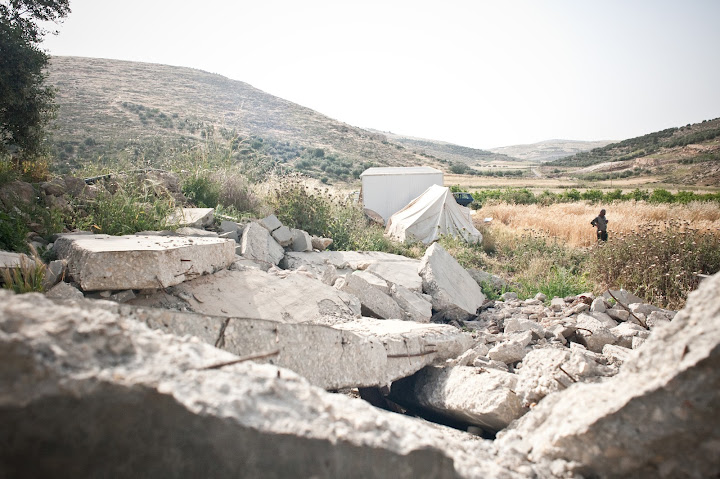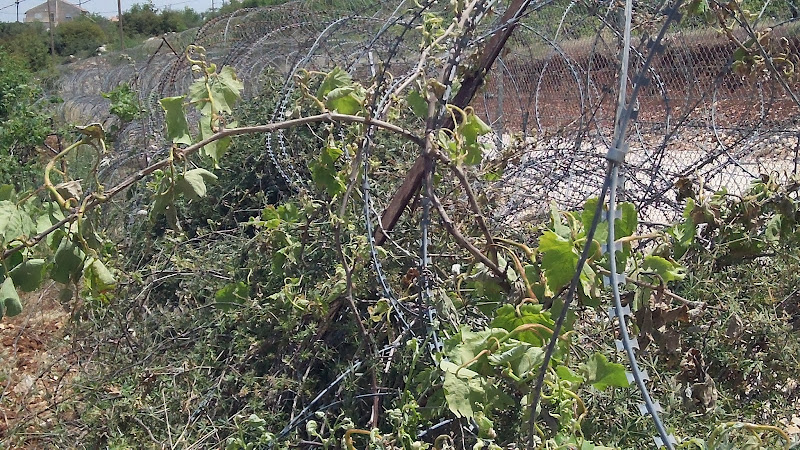Year: 2012
-
Idhna: Family faces a third home demolition by Israel
by Sunny 8 May 2012 | International Solidarity Movement, West Bank On Monday, May 7 in the southern West Bank village of Idhna, Mohamed Temezi was busy working on his caravan home. Israeli Occupation Forces (IOF) arrived unexpectedly and subjected him and his wife Faizah Temezi to a 3 hour ordeal in which they were…
-
Karmei Tsur: Poisoning the vine with Zionism
by Joseph 7 May 2012 | International Solidarity Movement, West Bank When Ali Awad visited his orchard on Friday morning before the midday prayer he noticed nothing out of the usual. But eight hours later, when he returned to his land in order to gather grape leaves to sell in the local market, he…
-
Following settler attack, Palestinian woman arrested in Al Khalil
by Maria and Roda 7 May 2012 | International Solidarity Movement, West Bank A Palestinian woman was arrested by occupation police in Al Khalil (Hebron) yesterday after her home was attacked by settlers. 47 year old Jamila Hassan Abdul Fattah Al-Shalaldeh and her family live with two other familes in a home on Zionist controlled…


